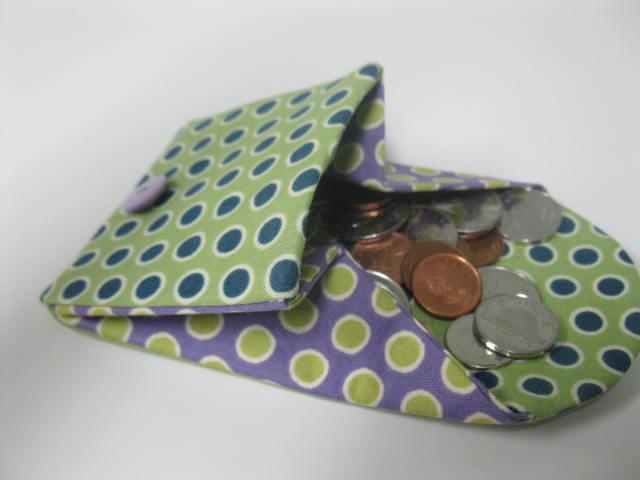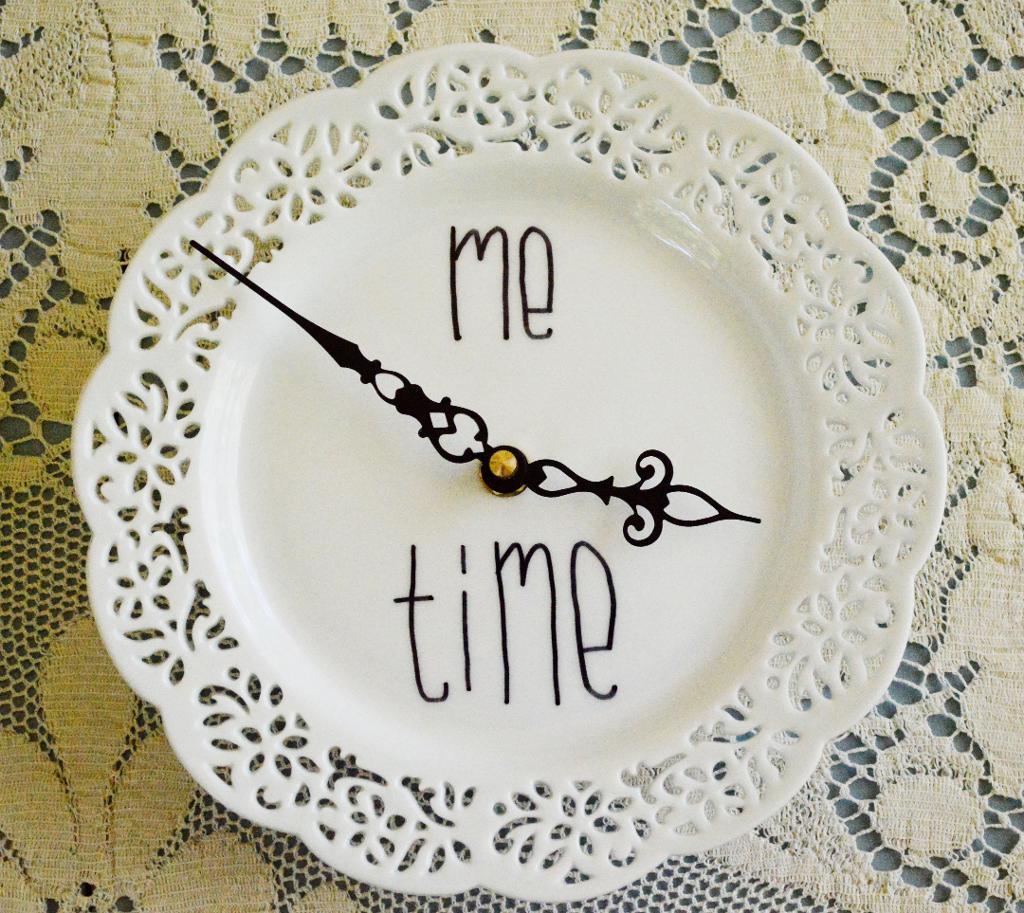How Do You Know What to Charge for Your Time Making Something
Tips for Pricing your Handmade Goods
Many artisans are overwhelmed when it comes to pricing their handiwork. How do yous put a price on all the fourth dimension and endeavor that goes into the artistic procedure? Go on reading to learn more than virtually how to price your handmade goods.
Here are some of my tips from running my own online business organization selling handspun yarns and fibers for viii years. These tips may not piece of work for everyone in every craft, simply they have worked well for me and and then I am sharing them with y'all.

Caro Sheridan'due south WebForm mini quilt
1. Online market enquiry
What is the price range of what y'all are selling? Go sites like Etsy and see what like items are currently selling for. Proceed in mind that just, because an particular is listed for $100.00, doesn't mean it will sell for that toll. Check the sellers "sold" listings to meet if similar items accept sold recently. Although y'all cannot see the cost that the particular sold for, if a seller has a store total of expensive items and no sales, they take priced their shop as well high for that market. In one case you know what the cost range is for similar items in your craft, yous will know the range of where you lot can toll your items and expect to run across sales.
Ideally y'all should be able to price your items right in the middle of this range unless yous are using a higher quality material or in that location is something truly unique well-nigh your specific craft. However, if y'all are brand new to the niche yous are working in, with many other shops online, I propose pricing but below the boilerplate price to draw more people in, increase your sales and build your prices with echo customers.

Berry Birdy'southward Coin Purse / Wallet PDF Blueprint
2. Cost of supplies
This is a cornerstone in being able to set a fair price on your piece of work, and make the highest profit you lot can. Never pay retail prices for your supplies. Do your best to secure all your materials wholesale or on sale. The lower toll y'all pay on your materials, the more profit you accept an opportunity to brand.
For instance:
- Knitter A buys a skein of yarn for $10, knits a scarf that sells for $20, and profits $10.
- Knitter B buys the same skein of yarn with a coupon for $6, knits a scarf that sells for $20, and profits $14.
3. Your hourly charge per unit

This is the almost challenging factor in pricing your bootleg goods — and the about controversial. I know many artisans who accuse $10/hour for their fourth dimension. If yous are acquiring your supplies for free, charging per hour will help you lot set a fair cost. But if you are charging $10/60 minutes while you're crafting and watching Idiot box, I'm not sure charging $10/hr will assistance you set a toll that is fair in the market. Are y'all really working about efficiently while multitasking and being entertained? You lot meet, many of us are crafting during what nosotros would otherwise call "free time." Costless time is $0.00 per hour. Some of us are crafting while our children run effectually, betwixt cooking meals and talking the domestic dog for a walk. It's very hard to get an accurate estimate on how much time we spend on a project. Besides, some of us create faster than others.
For example:
- Crafter A: spends four hours crocheting $5 yarn into a baby hat. Price of projection: $45
- Crafter B: spends 2 hours crocheting $five yarn into a babe hat. Cost of project: $25
It's going to be very challenging for Crafter A to sell her hat for $45 if in that location are other hats for auction for $25. She may look at Crafter B'due south work and think Crafter B is underselling the market place when in reality she just works slower than Crafter B. This is no one's fault. I happen to exist a very fast spinner, so if I literally calculated the cost of my time into my yarns, I would offend a lot of artisans because all my yarn would be under-priced.
I recommend that Crafter A spend some fourth dimension doing market place research to see what baby hats are selling for and price hers accordingly. Crafter B might also do good if she does some market inquiry and raises her toll past a little bit. Afterward both of them exercise their market research, they may both practise well by pricing their baby hats in the $30-$35 cost range.
If yous are an artisan that is working uninterrupted in your studio to create an detail to sell, and then tracking how much time you spend on a project will help you ready a fair cost. But if you're a crafter who is multitasking while creating, y'all might cease upward charging besides much for your time and overpricing your product.
In endmost, here are some formulas that have worked in the past for finding a off-white market price in my craft economic system.
- Price of Supplies + $10 per Hour Time Spent = Price A.
- Cost of Supplies x 3 = Price B.
- Toll A + Toll B divided by 2 (to get the average between these two prices) = Price C.
- Compare Price C to your Market Research and arrange accordingly.
For example, it takes me 2 hours to spin $20 worth of fiber into yarn. $20 Cobweb + $20 Time = $xl (Price A). $20 Cobweb x iii = $60 (Price B). $xl + $60 = $100. Divided by 2 = $50 (Toll C)
$50 should be in the range of the fair market place price for my item. If $fifty is as well loftier, I'yard either spending too much on supplies or I may work slower than other crafters. If $50 is too low, I may piece of work faster than other crafters, or I got a great deal on my supplies and should raise my price a bit to accept a fair market toll and support the other artisans in my field.
How do you decide pricing for your handmade appurtenances?
Source: https://www.craftsy.com/post/pricing-your-handmade-goods/
0 Response to "How Do You Know What to Charge for Your Time Making Something"
Post a Comment